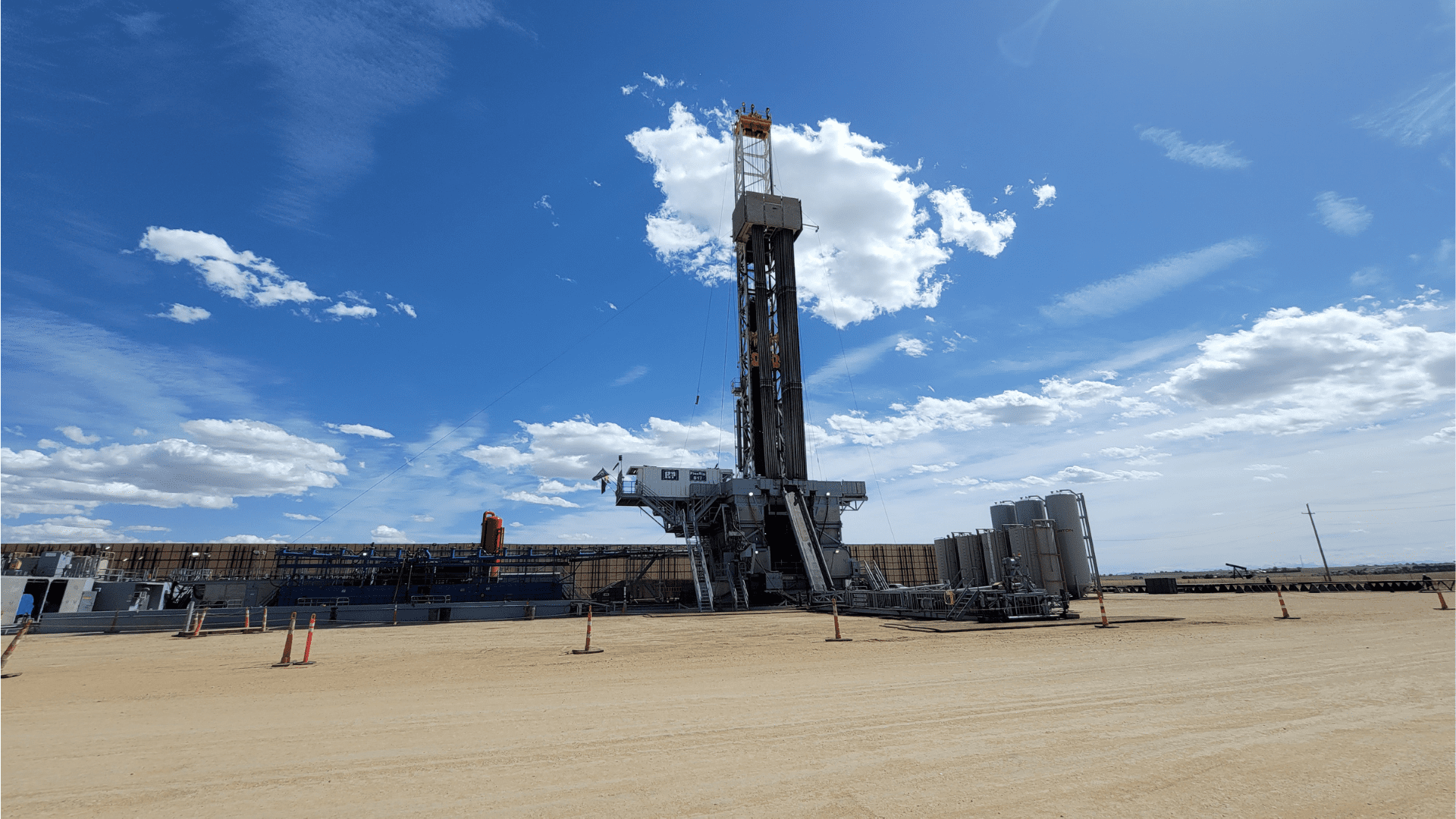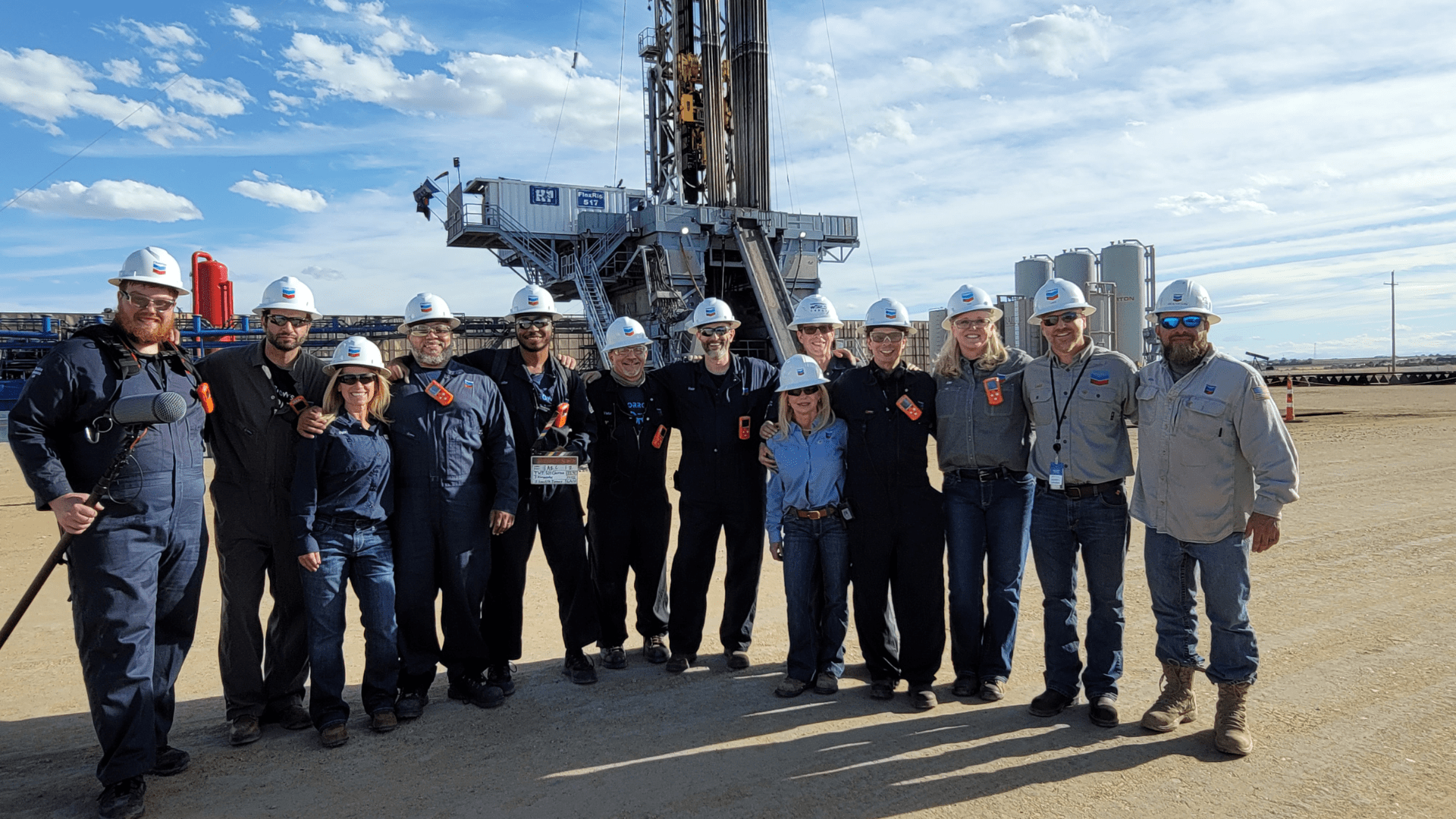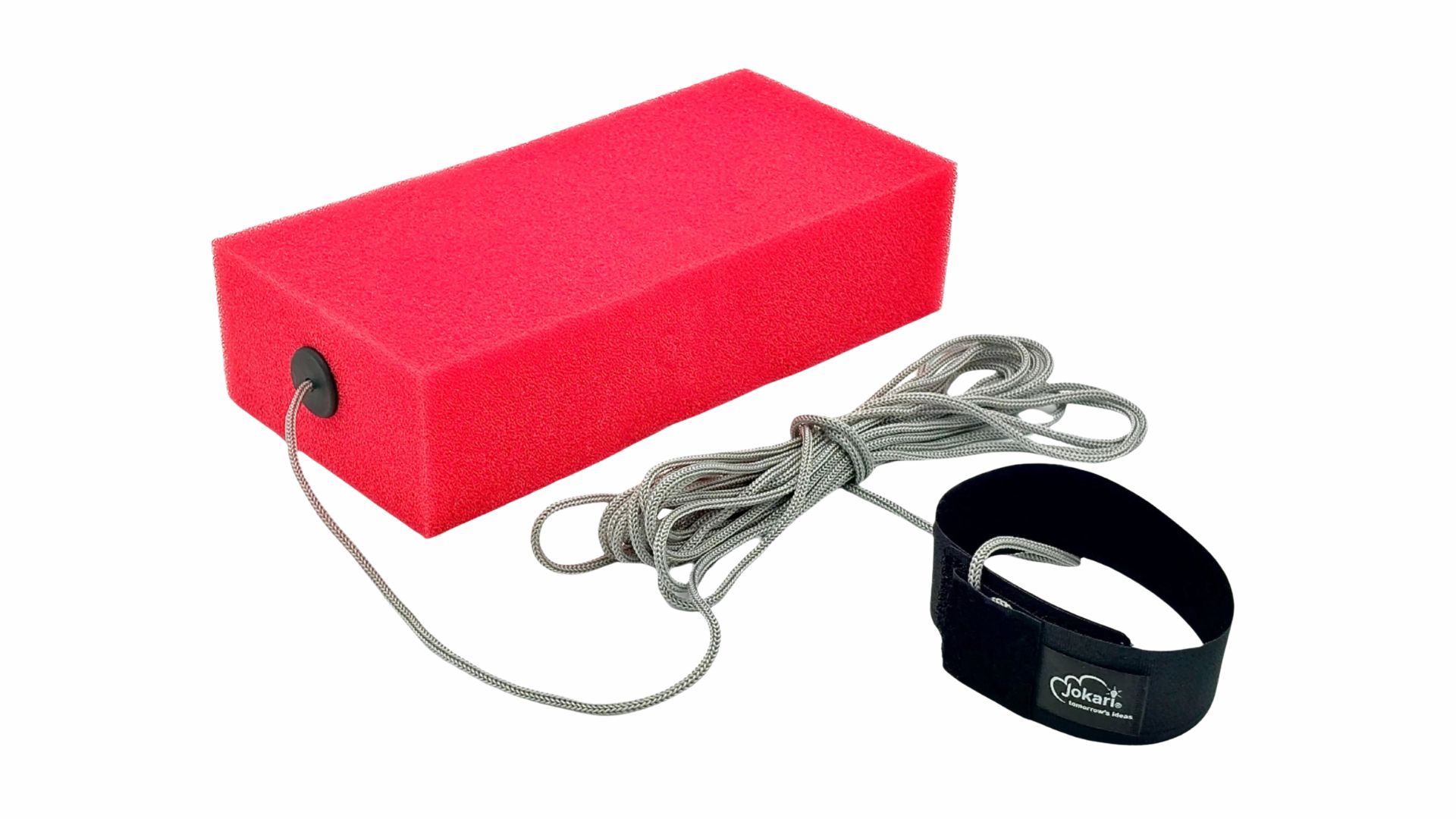Oil and gas leaders project a rise in energy demand in 2024, which coincides with a growing demand for greener practices in the industry. Colorado’s largest oil and gas producer, Chevron, focuses on providing affordable, reliable, ever-cleaner energy. The company implements a long list of innovations in drilling and production— one that stands out is electric rigs.
Electric Rigs

Chevron’s goal is to invest in infrastructure whenever possible to power drilling rigs with electricity from the grid in Colorado. Let’s hone in on H&P Rig 517 in Weld County, Colorado. The rig is equipped with innovations that make it safer, quiter and low carbon. The rig includes a piece of equipment called the Iron Roughneck, which screws the pipe together. Before, this was done manually by the crew.
Through advanced drilling technology, automation and remote monitoring, they’ve moved most people from rigs to remote sites. Chevron’s directional driller is remotely directionally drilling wells from the Integrated Operations Center in their Greeley office, while technical experts are remotely monitoring from Chevron’s Decision Support Center in Houston.
One of the innovations is how the rig is powered. “It’s running off the highline power or grid power,” said Kim McHugh, VP of Chevron’s Rockies Business Unit. “This is a great innovation in reducing emissions.”

Electric rigs reduce on-site greenhouse gas emissions from drilling operations in Colorado by more than 60%. The quiet operations also benefit the workers and reduce safety risk. When on the rig floor, people can converse and hear each other clearly.
Although not unique to electric rigs, this rig is horizontal drilling. Wells can be drilled vertically over a mile deep, then turn and go horizontal as much as four miles. This can increase production up to 25 times what a vertical well would have produced in the past.
The bottom line— lower environmental impact, more efficiency, more production per well, and safer.
Tune in to the Science Channel to watch Clean Slate at 10 AM on Saturday, September 21!







